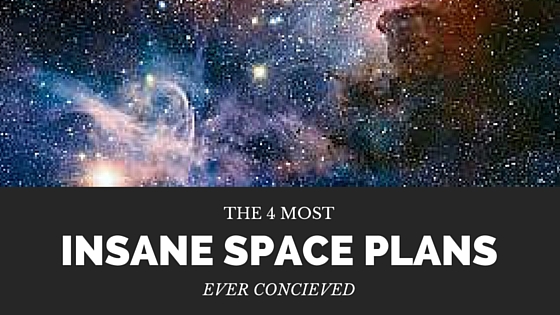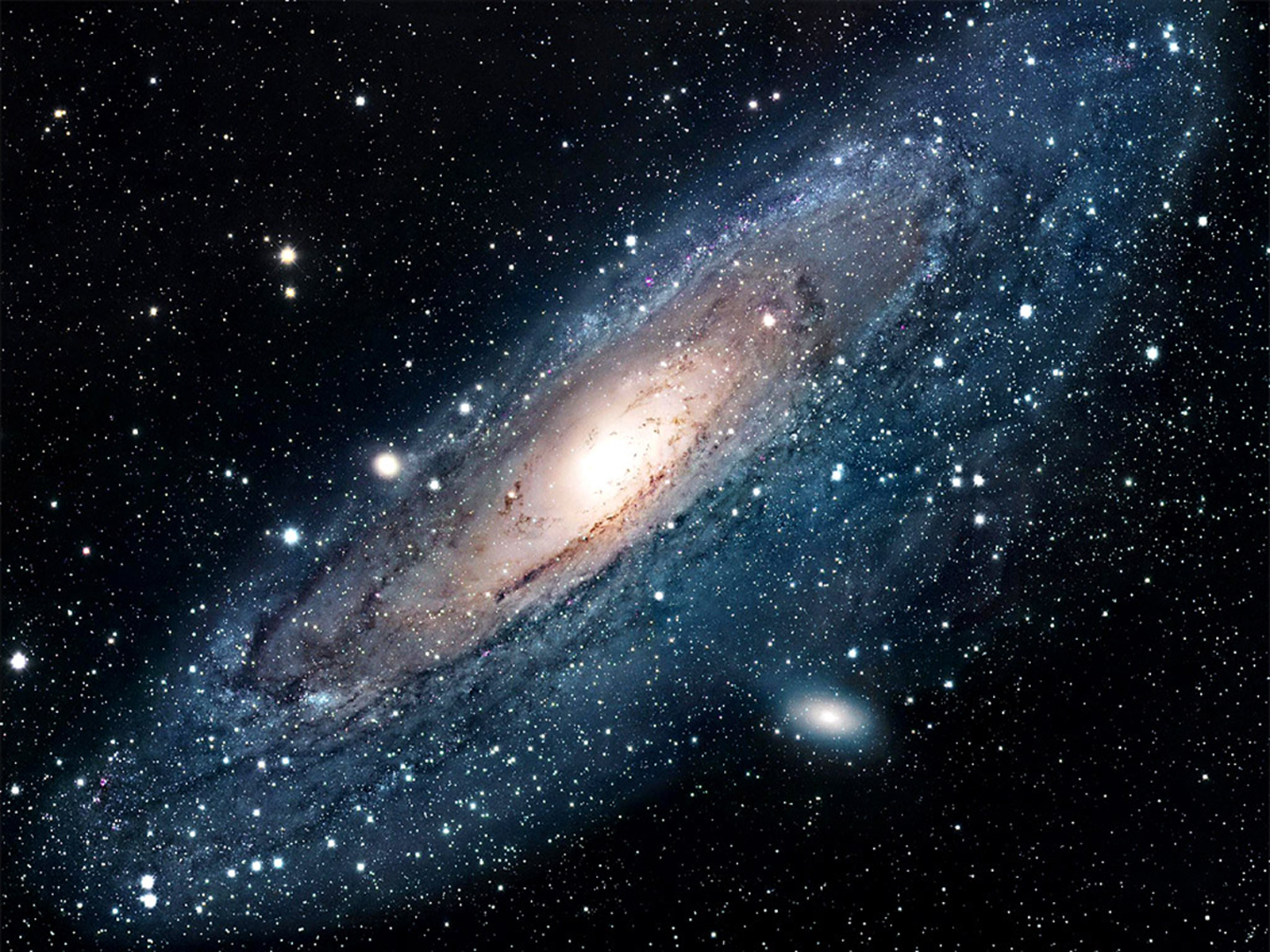
Exploring our vast universe has always been an intriguing project for humans. We have accomplished a lot and learned a great deal about our universe in such a short amount of time. The great thing is that we have only scratched the surface of what is possible when it comes to space exploration. There have been a number of proposed ideas that have not come to fruition (and might not ever), but these concepts have nonetheless, pushed the boundaries of what is possible. Here are the 4 most insane space plans ever conceived.
Building A Moon Base
In 2006, President George W. Bush laid out his vision for the future of NASA. However, after 10 years, little of the Constellation program survives. One of the more ambitious concepts within the program was the creation of a base on the moon. The base would provide a more permanent human habitation on our only natural satellite. The base was coined the Neil A. Armstrong Lunar Outpost, and plans for the base had it situated near a pole to reduce solar radiation exposure as well as give astronauts the possibility of collecting water. Essentially, the base would function much like the International Space Station.
A Cloud City On Venus
A few years ago, two NASA scientists proposed the idea of setting our sights on building a cloud city on Venus. While the planet is inhospitable, the top two layers of the atmosphere are actually quite balmy, with an atmospheric pressure similar to Earth. Creating a city above Venus would allow scientists to study Venus and learn how this planet, that used to be very similar to Earth, gained the runaway greenhouse effect that turned it inhospitable.
Colonizing Jupiter’s Moon
Europa may actually be the best place to find life in our solar system. The major issue is that Jupiter has very deadly radiation that precludes exploration by live humans. A 2003 proposal suggested that the moon Callisto serves as the staging point for a manned Jupiter outpost. On this moon, the radiation damage is much less pronounced, and ices could provide a reliable water source. Having humans stationed on Callisto would allow scientists to control robotic probes on Europa and Ganymede without the long time lags that would crop up when trying to communicate with them from Earth.
Telescope On The Moon
The moon has been an extremely intriguing candidate to host a telescope because of its super-thin atmosphere. This would cut down on a lot of interference. A few of the proposal for moon telescopes have been bandied about, including a liquid mirror telescope that could peer vast distances into the cosmos. There is a possibility that two private companies could beat NASA and put a telescope on the moon first.
 Humans have studied and explored our universe for thousands of years. We have learned a great deal about our planet and the universe as a whole from these studies, but there is still so much more to discover. That is what makes Astronomy such a fun and interesting field of study. It seems as though each week there is a new breakthrough, discovery, or change of belief related to space. What we have learned so far is certainly amazing as it is interesting, beautiful, and sometimes pretty strange. Here are 10 astronomy facts that show how astounding our universe truly is.
Humans have studied and explored our universe for thousands of years. We have learned a great deal about our planet and the universe as a whole from these studies, but there is still so much more to discover. That is what makes Astronomy such a fun and interesting field of study. It seems as though each week there is a new breakthrough, discovery, or change of belief related to space. What we have learned so far is certainly amazing as it is interesting, beautiful, and sometimes pretty strange. Here are 10 astronomy facts that show how astounding our universe truly is.